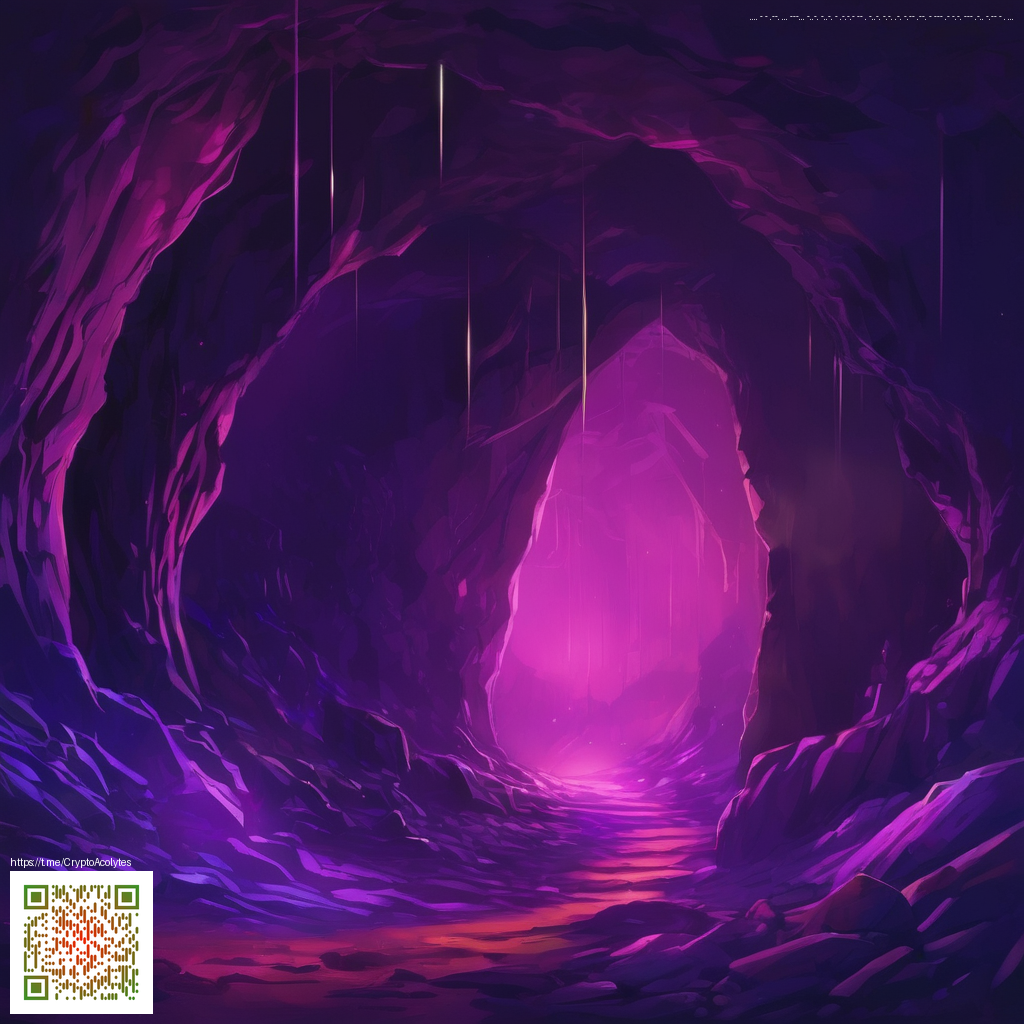
Opening Moments: The Allure of Magical Realms
Open-world games invite us to loose the reins and wander into spaces where the rules of reality bend, where magic threads through forests, deserts, and ruins. The thrill isn’t just in the destination, but in the moments of discovery along the way—glowing sigils on a cavern wall, a phoenix-like aura rising from a distant spire, or a path that appears only after you solve a puzzle that blends lore with geometry. Crafting these realms is less about spectacle and more about the rhythm of exploration: a world that rewards curiosity, not just speed runners or weapon loadouts.
Designing Open Worlds Where Magic Feels Real
When developers build magical realms, they lean on a few core principles that keep immersion high. First, magic should be consequential—the spell you cast or the rune you place alters the environment in a way that affects later choices. Second, magic must be coherent with the world’s own rules; witches don’t conjure storms without matching weather patterns, and portals feel earned, not arbitrary. Third, the world should feel living because magic is not just decoration; it’s a mechanic that empowers players to interact with ecosystems, factions, and narrative threads in meaningful ways.
These ideas translate into tangible game design elements: dynamic weather that shifts spell potency, creatures evolving in response to magical pollution or renewal, and quests that branch based on how you handle a spell’s consequences. A well-balanced magic system invites experimentation—you might discover that a water hypnosis spell calms a furious river spirit, revealing a hidden pass that leads to a storied ruin. The goal is to make magic feel fluid yet purposeful, a tool that expands both exploration and storytelling rather than overshadowing them.
- Reactive environments: The world responds to your magic, altering paths, revealing hidden shortcuts, or awakening dormant fauna and flora.
- Lore that rewards curiosity: Clues about ancient civilizations surface as you note magical symbols and their correlations with geography.
- Non-linear quest design: Spells unlock optional dungeons, side quests, or companion characters whose fates intersect with your choices.
- Spellcraft as a tool, not just a spectacle: Casting becomes a practical approach to overcome obstacles, solve puzzles, and negotiate with factions.
“Magic shines brightest when it bends the world in ways that make you rethink every step you’ve taken.”
For gamers who like to stay connected while they roam these magical landscapes, reliable gear can make a real difference. If you’re on the move between biomes and boss battles, you might want to consider a rugged accessory that couples protection with practicality. Rugged Phone Case for iPhone/Samsung offers impact resistance and dependable grip, ensuring you don’t miss a single sprite or relic while mapping the next secret valley. It’s the kind of companion you appreciate after you’ve spent hours chasing a whisper of light that leads to an uncharted shrine.
For a broader look at how magical realms are conceptualized and discussed across the web, this page provides additional context and perspectives: https://cyber-static.zero-static.xyz/fc6ecbe5.html.
Media, Immersion, and the Joy of Discovery
Beyond landscape and lore, the sensory design of open worlds matters. Soundtracks weave through valleys as you approach an ancient gate, while environmental audio cues hint at hidden mechanisms. Visuals, too, are crafted to reward careful observation: subtle color shifts signal magical resonance, and glyphs etched into stone glow with a tempo that mirrors your pace. When these elements align, the realm doesn’t feel like a static backdrop—it becomes a character in its own right, guiding your choices and inviting repeated exploration.
As a player, you’ll often find that the best discoveries come when you approach a problem from an unexpected angle—perhaps redirecting an elemental stream with a well-timed enchantment or reading a constellation pattern to unlock a riddle that unlocks a new region. The freedom to experiment is what makes magical open worlds so invigorating, and the sense of progress—no matter how small—is what keeps you coming back for more.